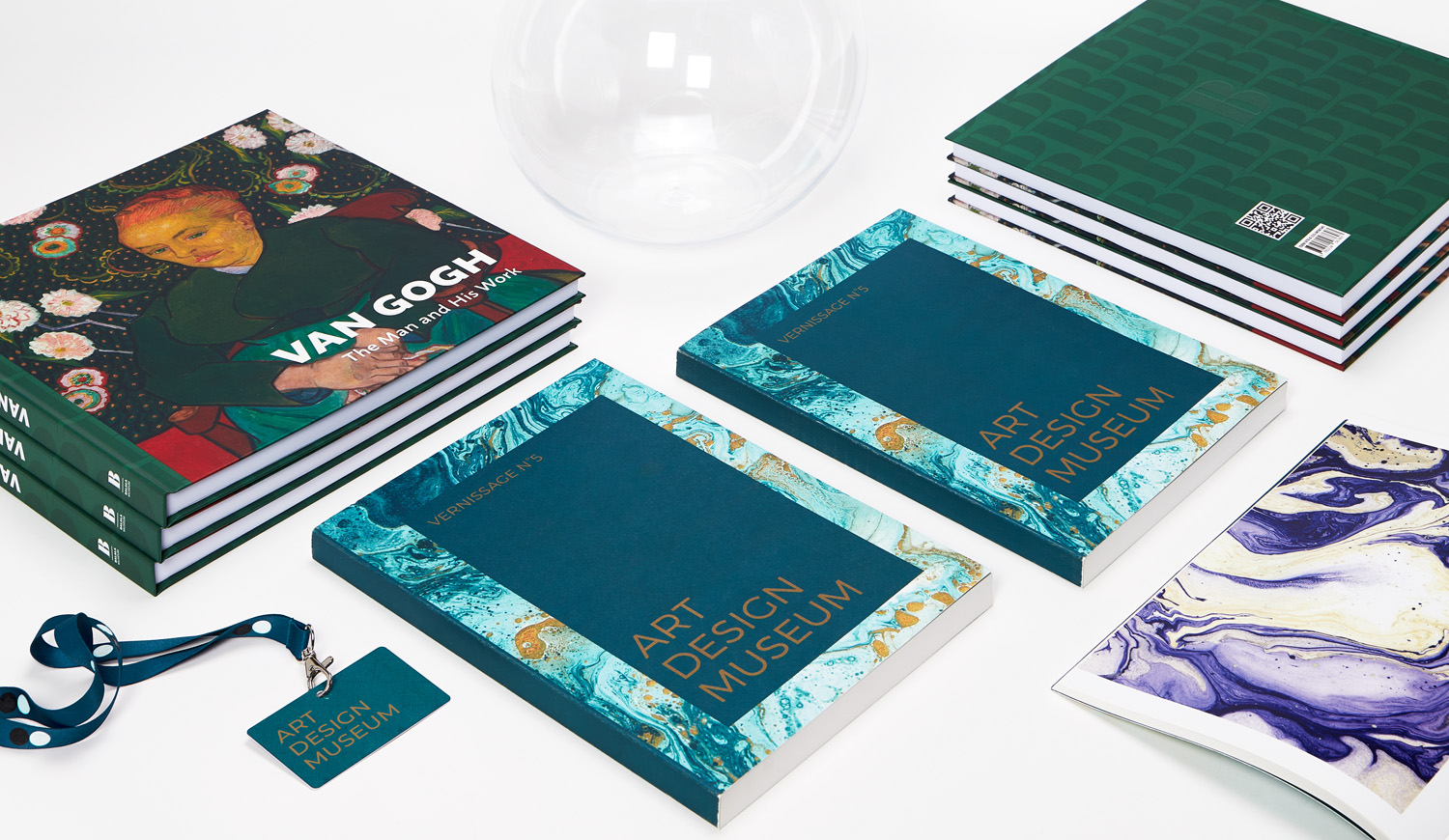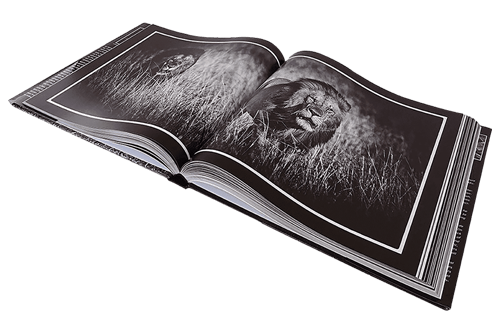Polish Color Accuracy for a Professional art book Look
Discover the Essential Overview to Art Book Printing for Aspiring Artists and Publishers
As an ambitious artist or publisher, comprehending the nuances of art book printing is important to bringing your vision to life. What are the essential elements you should focus on to create a stunning art book that really represents your work?
Comprehending Various Types of Art Books
When you plunge into the world of art publications, you'll swiftly find that they come in various kinds, each tailored to different artistic expressions and audiences. Coffee table books usually display sensational visuals, best for laid-back surfing, while monographs dive deep into an individual musician's work, offering context and insights. If you're interested in details art motions, event catalogs provide in-depth documents of programs, including essays and critiques.
For educational purposes, art manuals and technique books lead you through numerous tools and designs, making them crucial for aiming artists. Restricted version or artist books blur the lines between art and literary works, commonly incorporating unique design components or handcrafted functions. Comprehending these kinds helps you establish what resonates with you and what could finest fit your target market. Each layout serves its objective, and knowing their distinctions can enhance your art book journey.
Choosing the Right Paper and Materials
Choosing the best paper and materials can substantially impact the general quality and feel of your art book. For dynamic shades and intricate details, decide for a shiny surface or a heavyweight matte paper that improves visual depth.
Believe regarding the weight of the paper, also. Thicker choices typically offer an even more expert look, while lighter documents can minimize printing expenses. Do not forget the binding products; a durable cover can secure your web pages and contribute to the book's visual.
Lastly, think about sustainability. Environment-friendly choices are obtaining appeal and can mirror your values as a musician. By thoroughly selecting your paper and materials, you'll ensure that your art book not only looks terrific however also really feels unique in the hands of your viewers.

Selecting the very best Printing Methods
When it concerns printing your art book, selecting in between offset and electronic printing can greatly influence your final product. You'll additionally intend to take into account just how paper quality affects the total look and feeling of your art work. Let's check out these vital printing techniques to discover the very best suitable for your task.
Countered vs. Digital Printing
While both countered and electronic printing have their advantages, picking the ideal method for your art book can considerably affect the last product. Countered printing offers top quality images and vibrant shades, making it optimal for larger print runs. Eventually, your choice must line up with your imaginative vision and distribution method, ensuring that your art book reflects the quality you prefer.
Paper Top Quality Considerations
Selecting the appropriate paper high quality can greatly boost the aesthetic appeal and tactile experience of your art book. Begin by thinking about the weight and structure of the paper. Larger paper commonly feels even more lavish and can better showcase vibrant colors and elaborate details. For prints, a shiny coating can make photos pop, while a matte coating offers a softer, much more refined appearance. Don't ignore the paper's illumination; brighter sheets can improve color precision and contrast.
Next, consider the sustainability of your selection. Environmentally friendly alternatives are coming to be increasingly preferred and can attract environmentally-conscious viewers. Request Learn More samples to see how various documents function with your art work, making sure the final product mirrors your vision perfectly.
Ensuring Color Precision in Your Prints
To attain sensational prints, you require to concentrate on shade accuracy from the beginning. You'll desire to use color calibration strategies to confirm your monitor and printer remain in sync. In addition, proofing your work prior to the last print run can aid capture any type of discrepancies, ensuring your art looks simply as you visualized.
Shade Calibration Methods
Assuring shade precision in your prints starts with efficient shade calibration techniques that help keep uniformity between your electronic photos and last printed products. Next off, select a shade profile suited for your printing process, like CMYK for print materials. By constantly applying these techniques, you'll enhance the general high quality of your art prints and better communicate your artistic vision.
Proofing for Precision
While you may believe your electronic images are ready for print, proofing is crucial for achieving color accuracy. Prior to devoting to a complete print run, always request an evidence from your printer.
If modifications are required, communicate plainly with your printer regarding your wanted end results. Do not think twice to request several proofs if essential; it deserves the investment to get it right. Inevitably, comprehensive proofing assurances that your art work is represented as you visualized it, keeping your imaginative stability throughout the printing procedure.

Creating Layouts That Enhance Your Art Work
When you develop formats for your art book, it's important to contemplate just how each element communicates with your art work. Go for an equilibrium in between visuals and text, ensuring neither eclipses the other. Usage white area strategically; it gives your artwork space to breathe and attracts focus to its details.
Consider the circulation of your book. Arrange images in such a way that guides the visitor's eye, producing a narrative or thematic development. art book. Vary the dimensions and orientations of your artwork to keep the format vibrant and interesting
Select typefaces that match your artwork without sidetracking from it. Keep message succinct and relevant, providing context or understanding that boosts the visitor's experience.
Ultimately, examination various formats. Publish examples to see how the layouts equate on paper, and adjust as required. By thoughtfully making your layouts, you'll create a visually appealing art book that resonates with your target market.
Binding Options for a Specialist Finish
Picking the right check my site binding option can substantially affect the total discussion of your art book. You'll intend to think about both aesthetics and durability when making your option. Popular choices consist of perfect binding, which provides a streamlined appearance and is best for thicker books; saddle stitching, perfect for smaller sized pamphlets; and spiral binding, which allows pages to lay flat for easy watching.
If you're aiming for a premium feeling, situation binding is an excellent selection, supplying a sturdy cover and an expert look (art book). Don't forget the cover product; alternatives like towel, natural leather, or a glossy coating can raise your book's charm
Whatever option you pick, make certain it matches your artwork and improves the viewers's experience. go to this web-site Take your time to consider the advantages and disadvantages of each approach, so your last product mirrors the quality of your imaginative vision.
Preparing Your Apply For Print Readiness
To guarantee your art book is print-ready, you'll require to pay very close attention to submit preparation. Start by setting your record size to match your preferred print measurements. Use high-resolution images-- 300 DPI is the criterion-- to establish sharp, vibrant visuals. Transform your documents to CMYK mode, as this shade area is finest for printing. Don't forget to include bleed locations, normally an extra 0.125 inches around your web pages, to avoid any kind of white edges after trimming.
Think about creating a proof to assess before the last print run. Complying with these actions will certainly assist you accomplish a polished, professional art book.
Frequently Asked Concerns
What Is the Ordinary Cost of Printing an Art Book?
The standard price of printing an art book varies, but you can anticipate to pay anywhere from $5 to $20 per duplicate, relying on elements like size, paper top quality, and printing volume.
How Can I Find a Reliable Printing Firm?
To find a dependable printing company, beginning by looking into on the internet reviews and asking other musicians for referrals. Compare quotes, inspect profiles, and interact your requirements plainly to guarantee they understand your vision and top quality assumptions.
What Is the Common Turnaround Time for Printing?
The normal turn-around time for printing varies yet normally varies from one to four weeks. Aspects like project intricacy and quantity can impact this. Constantly verify with your selected printer for specific timelines and assumptions.
Can I Print My Art Book in Limited Quantities?
Yes, you can certainly publish your art book in limited quantities. Lots of printing companies provide short-run choices, permitting you to produce just the number you require, making it simpler to handle prices and inventory.
What Legal Factors To Consider Should I Know for My Art Book?
You need to consider copyright, licensing contracts, and design launches when developing your art book. Ensure you can make use of all pictures and message, protecting yourself from potential legal problems later on.